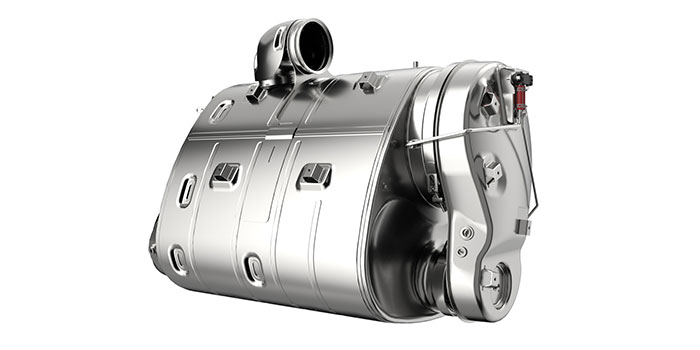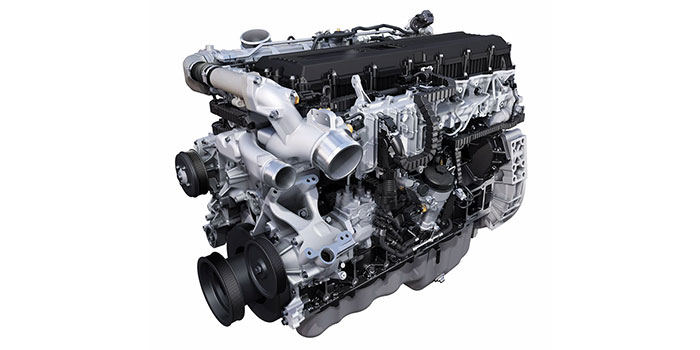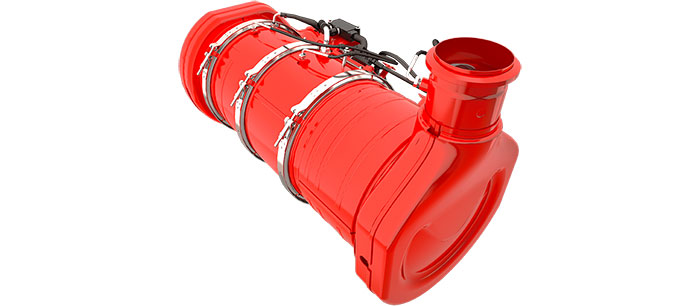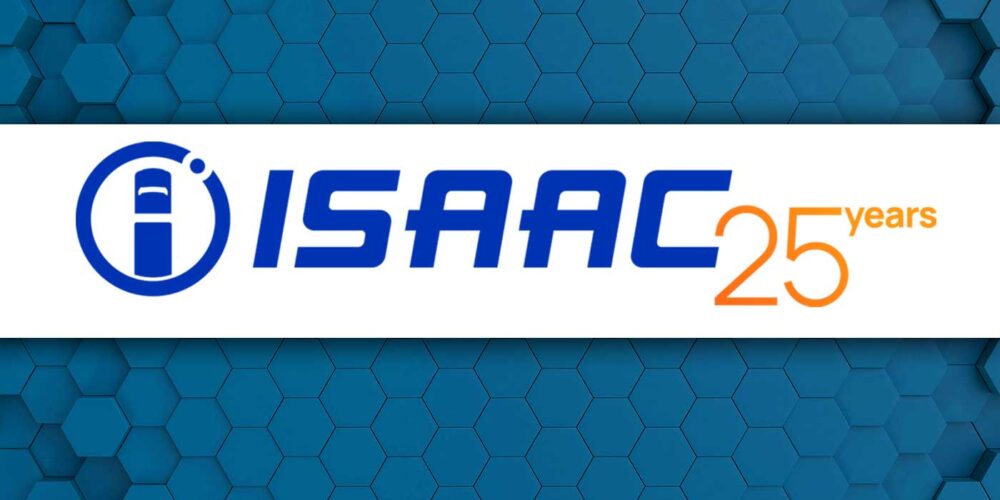You start to realize the power of data analysis when it starts to make your life easier, your decisions clearer.
So let’s start with one of your biggest service pain points: aftertreatment systems.
The words alone probably makes your stomach sink and your skin crawl, but they don’t have to. With the right data, you can determine root causes more quickly, chart aftertreatment service trends and arm yourself with the information to reduce aftertreatment-related issues and tackle them with confidence when they do arise.
“Data can give us tremendous insights into the performance of aftertreatment systems,” explained Cummins Components Service Engineers Joe Schulz, Mike Bates and Jack Erickson. “For example, aftertreatment temperatures and regeneration efficiency information found in Cummins’ INSITE service tool can help show if DOC degradation is present. Cummins uses several diagnostic service tests within our INSITE Service Tool, including SCR performance test, DPF restriction test, stationary regenerations, etc., to evaluate the health of the aftertreatment system.”

“Navistar relies heavily on data-based engineering root cause analysis, which includes continuous monitoring of the critical parameters of the aftertreatment system health indicators,” added Darren Gosbee, vice president of engineering with Navistar Inc. “These parameters include, among others, regeneration frequency, DEF consumption, aftertreatment temperature profiles, and capability metrics of critical aftertreatment diagnostics [e.g., OBD monitors].”
Gosbee went onto explain that when a failure is reported by the Malfunction Indicator Lamp (MIL), the onboard data loggers transmit data to the company’s uptime command center, where engineering teams can review the data and assess the validity of the failure.
“This step involves reviewing the critical input signals against fault-setting conditions and diagnostics entry conditions,” he said. “If the failure is deemed to be real, regular service-based diagnostics are carried out according to the Fault Code Action Plan [FCAP] and Service Manual instructions. This data-based root cause analysis approach avoids false positives, saves on warranty costs and ultimately minimizes vehicle downtime due to parts replacement.”

How to get started
Good news: you already have a head start. Chances are that you have plenty of diagnostic data already stored. Trucks equipped with remote diagnostics have been streaming data for years. The problem is that you have to try to make that data all fit together. The diagnostic data you have from a third-party telematics provider might not be as clear as the data from the OEM. So the first thing you’ll want to do is work with your fleet manager and telematics service provider to get the data integrated and reported in a standardized manner.
Once you get your equipment and fleet on the same data page, then you can start to monitor the vehicle service history, especially aftertreatment-related service issues.
“Monitoring parts, changes, software updates, number of hours on the parts and service intervals—all of this can help to ensure the vehicles are complying with manufacturers’ maintenance recommendations,” Navistar’s Gosbee said. “Telematics can be used to further enhance preventive maintenance by tracking the long-term data related to regeneration frequency, drive cycle correlation, and SCR health check signals. Monitoring these indicators can help track trends in aftertreatment system performance and provide insight into potential near-term failure. Educating the service team with lessons learned from the field related to critical aftertreatment system components and performance issues can also help in reducing incidents requiring service.”
Navistar is currently developing a new service procedure that aims to aid the service team for accurate and pinpointed fault isolation. This new tool includes specific test sequences on all the aftertreatment sub-systems such as NOx sensor, DEF doser, SCR and others that could reveal aftertreatment performance issues and help the service team pinpoint the faulty component and root cause of the failure.
“This new approach will likewise help mitigate false diagnostics by avoiding replacement of wrong hardware components, while improving uptime and saving warranty cost,” Gosbee said.
The Cummins Component Service Engineering team recommended that heavy-duty service managers compare vehicle duty cycle vs. aftertreatment maintenance history to see how specific vehicle applications and/or duty cycles impact the aftertreatment system.

“For example: inner-city or stop-and-go applications typically do not build as much natural heat in the aftertreatment system, so they go through regeneration more often,” they said. “Long haul applications usually build heat in the aftertreatment system naturally and typically do not need to regen as often.”
To further support the proper aftertreatment procedures, Cummins has diagnostics set up to trip a fault code if a regeneration is disabled or interrupted by the regen inhibit switch. Using the INSITE service tool, service managers can look at aftertreatment history and compare regen start time to the time the fault was active for “regen inhibit” to help determine if aftertreatment system damage was caused by customer abuse. Aftertreatment history also shows the number of complete and incomplete regens.













